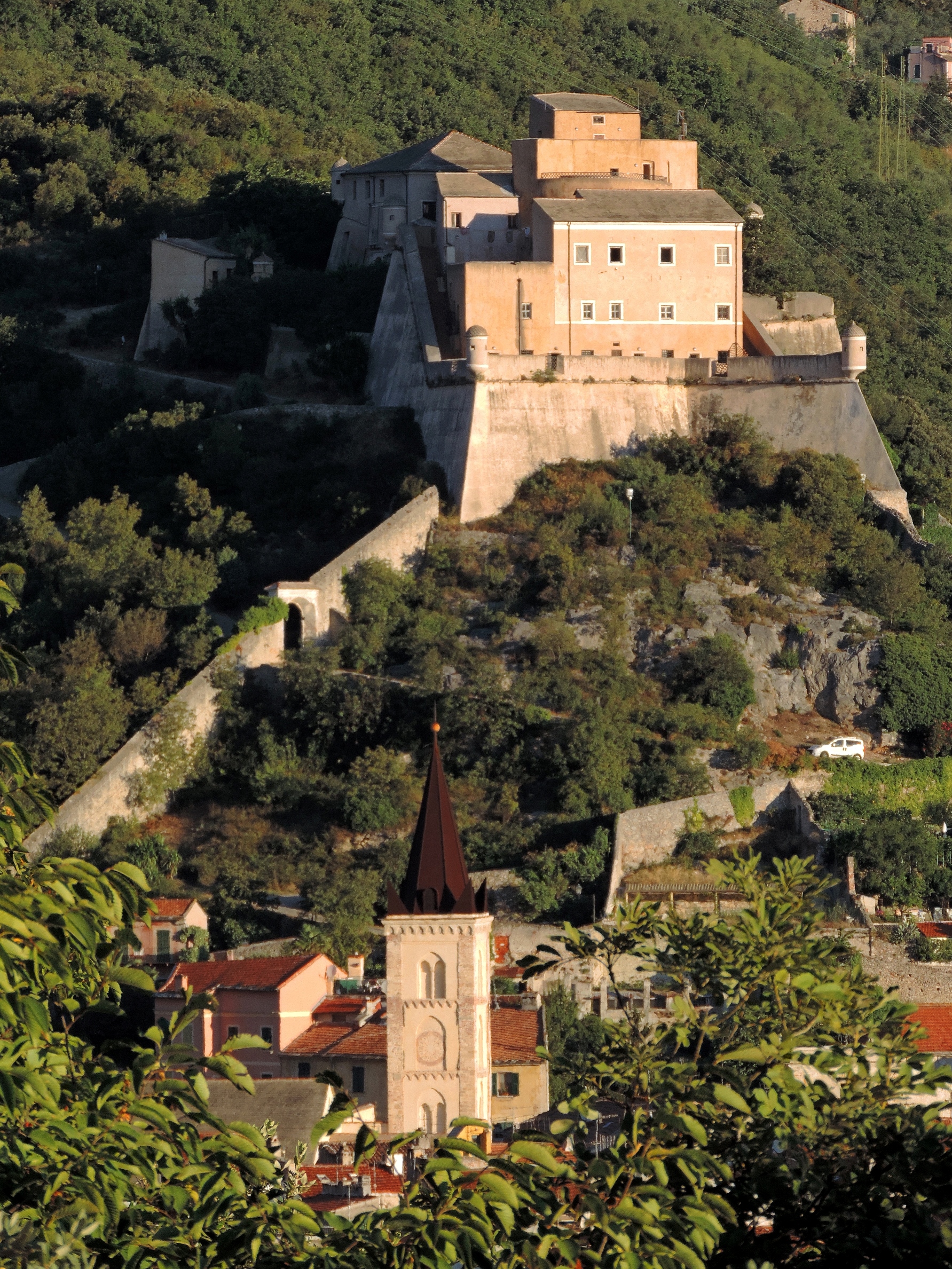
For more information write or call La nostra Liguria:
Web site – http://digilander.libero.it/guideliguria
E-mail – guideliguria@libero.it
Mobile – 339/4402668
Facebook – https://www.facebook.com/nostraliguria.guideturistiche
Tourist guides authorized by the province of Savona lead guided tours to discover the treasures of this magnificent part of Liguria.
The historical-artistic guided tours touch on the main architectural highlights, with reference to local culture, anecdotes and traditions; the itinerary will allow visitors to discover little-known corners or to enjoy civil and religious buildings usually closed to the public.
A few years ago, Finalborgo entered the list of the “Most beautiful villages in Italy”. Tight in the embrace of the fifteenth-century walls, its palaces and churches make it one of the best preserved historic centers in the Savona area.
Castel San Giovanni and the remains of Castel Gavone dominate it from above, with the imposing Diamond Tower. Among the jewels of Finalborgo we will discover: the marble trompe-l’oeil Eucharistic tablecloth preserved in S. Biagio and the Aycardi Theater (1806), an authentic “favor” with three tiers of almost miniature boxes.


The guided tour, starting from the “Piazza di Spagna”, will introduce you to the most beautiful buildings in the historic centre, the magnificent Basilica of San Giovanni Battista, the curiosities and traditions of Finale.
By taking part in the visit you will be able to discover an ancient building normally closed to the public, the Pieve del Finale, an early Christian church dating back to the 5th century which is located underground.
Remembered by Dante in the fourth canto of Purgatory (“Vassi in Sanleo e descendi in Noli…”) as a harsh place not easy to access, Noli is hidden between two folds of the mountain, all stretching towards the sea. Before the opening of the current route of the Via Aurelia, this center could only be reached by sea or by going down steep paths, as still happens today in S. Fruttuoso, on the Portofino promontory.
The history you learn in school only remembers four Maritime Republics, but perhaps there were more: Noli considers itself such, even if it never had the necessary foundations to be one in its own right.
Due to the aid given to the Papacy and the Lombard League at the time of Frederick II, in 1239 Noli became a bishopric by order of Gregory IX, and for about six centuries it was one of the smallest dioceses in Italy.
The historic centre, characterized by numerous municipal towers (which originally seem to have numbered as many as 72), preserves, in some neighbourhoods, its ancient face almost intact, with beautiful houses from the 13th and 14th centuries; it is certainly one of the most interesting historical settlements in western Liguria.


Celle has enjoyed real fortunes, both economic and artistic, for centuries. The buildings overlooking the alleys of the historic center preserve the memory of the illustrious sons of this land. An interesting itinerary will lead to the Parish of S. Michele, “a diamond set in a forest of olive trees”.
Every other Monday the guided tour will end in a ceramics workshop, where the clay shapes come to life and dissolve rapidly in the skilled hands of the potter.
“Square village of narrow buildings…”: fortified historic center founded by Albenga, with remains of walls and towers.
The parish of S. Matteo and the Oratory contain paintings by G. Badaracco, who left some interesting canvases with views of the Ligurian village in the 17th century.


The itinerary, starting from the Parish, will touch via Mazzini, Piazza Castello, via Crovara, the ancient Parish, Piazza Martiri, the oratory of the S.S. Annunziata, Piazza Rosselli, via Chiappe, ending on the seafront.
Intermediate stops will be made at points of historical or artistic interest and the main buildings in the historic centre. References will be made to traditions, local anecdotes, ancient defensive structures, gates and bulwarks.
